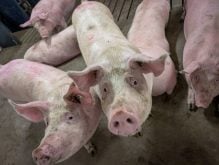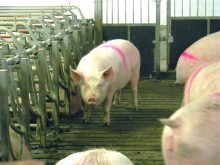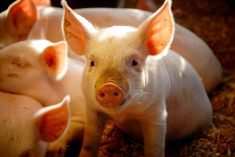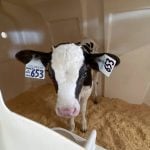[UPDATED: Nov. 23, 2021] Manitoba is now looking at another outbreak year on PED.
As of Nov. 19, the province had reported 11 cases of porcine epidemic diarrhea.
Cases have been creeping upward since late October, including two nursery barns and one farrow to finish operation.
Read Also
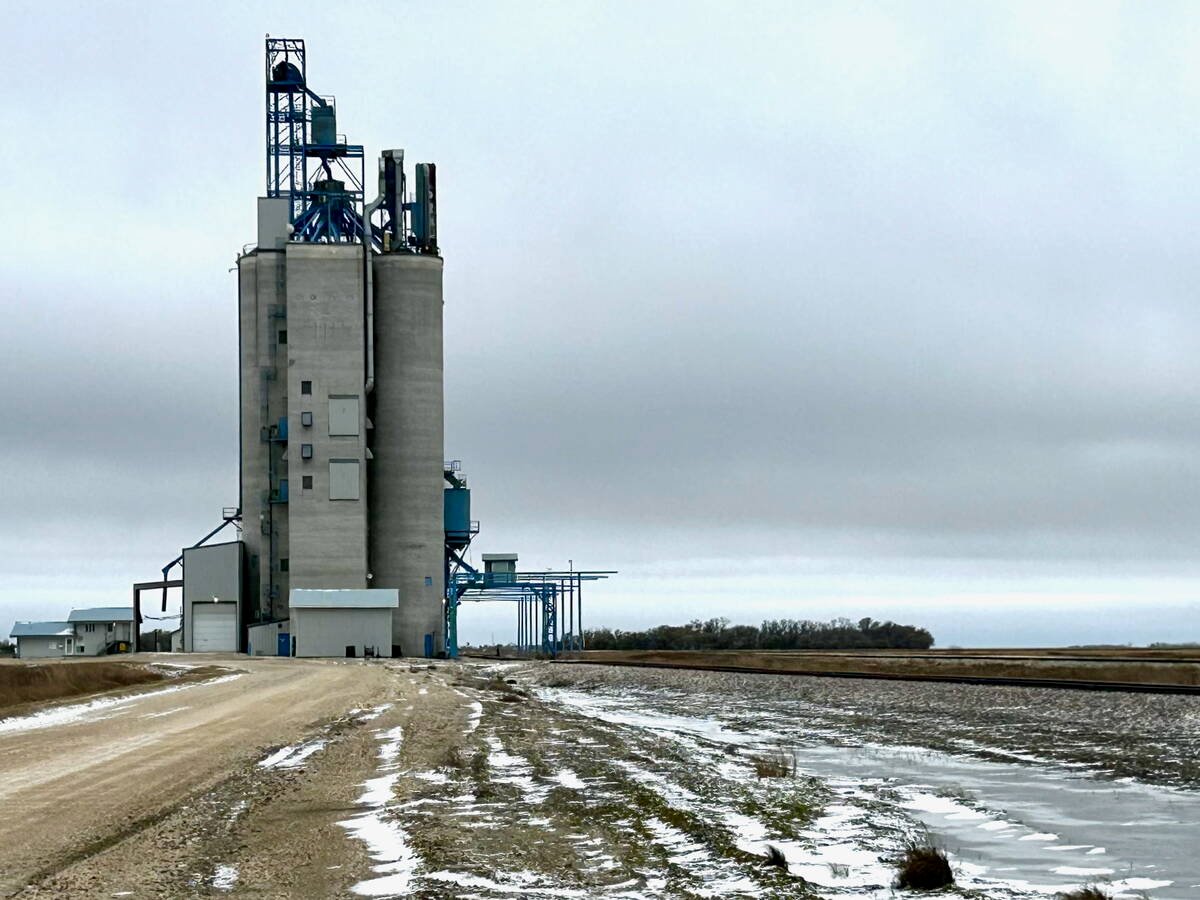
Manitoba grain elevator ownership expands
Carman-based Linear Grain buys Fannystelle elevator from Bunge, another three elevators sold to Morden’s BP & Sons Grain and Storage Inc.
While older animals often recover from illness, the viral infection is infamous for mortality in young piglets.
Why it matters: While not a food safety concern, few pork producers in the province need reminding of how devastating a PED infection can be to the swine herd, not to mention how hard it is to fight off the infection once it has successfully breached a barn.
Current numbers alone don’t look so high, at least compared to years like 2017 and 2019 when cases numbered in the dozens. Both the industry and the CVO, however, have noted that the geographic spread and apparent lack of common threads connecting cases this year has added concern.
“The number of cases in 2021 remains low, especially when compared to past years of outbreak,” a provincial spokesperson said. “However, because infections are not confined to a single region, individual operating units or high-risk areas, both producers and government are treating this as an outbreak of PED.”
So far, Dahl said, investigations have not found links between the impacted farms, nor a source of infection.
“We have moved beyond that point of just isolated cases,” Dahl said, although he noted that cases, so far, are still south of the TransCanada Highway.
“It’s spread throughout the south,” he said. “We can’t say any longer that it’s in the southeast. It’s broken out of those kind of geographic definitions.”
According to the province’s PED information page, cases are still largely in the southeast, although one is labeled as coming from south central Manitoba.
The geographic spread also makes it harder to nail down a source, according to Dahl.
“That’s something that we’re working on, but if we’re not seeing a link between the cases, then that becomes more difficult,” he said.
Impacted farms have doubled down on biosecurity and containment, according to the province, while increased testing, tracing and sampling will also be part of efforts to beat back the disease.
The province also cited funding from the Canadian Agricultural Partnership, “to support active PED surveillance testing at high-risk/high-traffic sites.”
“These surveillance efforts are effective in identifying affected sites early to be able to reduce the risk of further transmission,” a provincial spokesperson said.
Broken streak
Until fall 2021, Manitoba’s pork sector had enjoyed a year without new PED infections. That streak broke Oct. 25, with the news that a sow barn had been confirmed positive for the virus in the southeast near Blumenort.
On Oct. 29, the province’s second case of the year was announced, this time in a finishing operation in southeastern Manitoba.
The following week, the pork council announced that cases had grown yet again, and were no longer clustered by region, nor were they limited to a single operator.
Two more sow barns were confirmed PED-positive from Nov. 3-4, followed by a farrow to finish operation announced days later on Nov. 8.
Between Nov. 8 and Nov. 19, a further five cases were confirmed.
While unfortunate, both industry and the CVO say the case load is not unexpected. They noted that the last serious outbreak happened in 2019 (a year that saw a record 82 cases) adding that PED has been observed to have a two-year cycle, in which a bad outbreak year will often be followed by a year with fewer cases, before cases rebound again.
Only three cases of the virus were found the year following the 2019 outbreak. In the case of 2018, the year that followed 2017’s 78-case outbreak, the province recorded 17 cases.
In 2020, Dr. Glen Duizer of the CVO hypothesized that residual herd immunity might account for dropping cases following a bad PED year, while the waning of the immunity window and herd turnover might suggest why cases then pick up again.
Forecast unknown
It is too soon to see if PED will flare, as has been seen in previous years.
Past outbreaks have given grim proof of how quickly PED outbreaks can escalate in the province, Dahl acknowledged.
For its part, the Manitoba Pork Council is urging its members to be on guard.
“The big message to producers is we need people to look at their biosecurity measures that they have in place and go over them with employees and people who are coming onto your farm and enhance them where you can,” Dahl said. “The way to stop this is through really effective biosecurity measures.”
*Update: A change in the number of confirmed PED cases was made.





